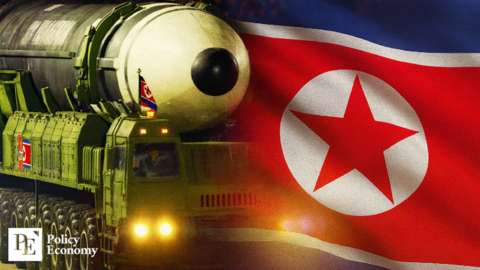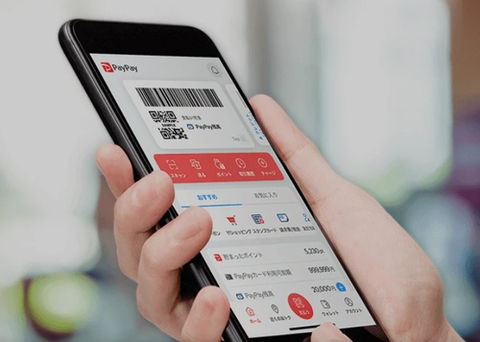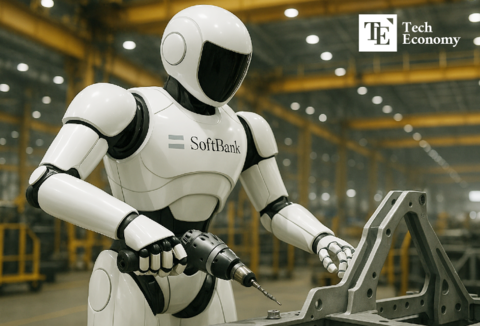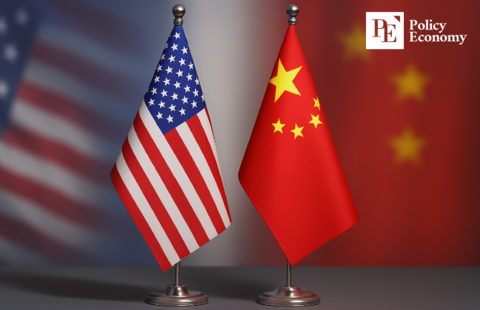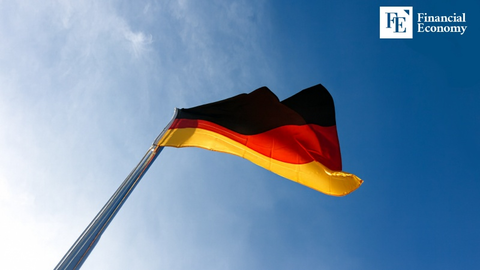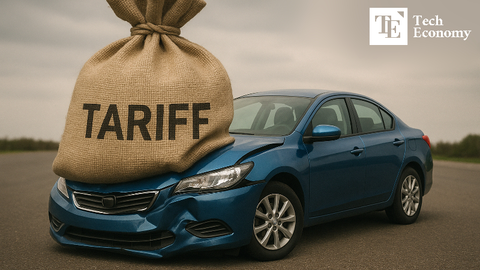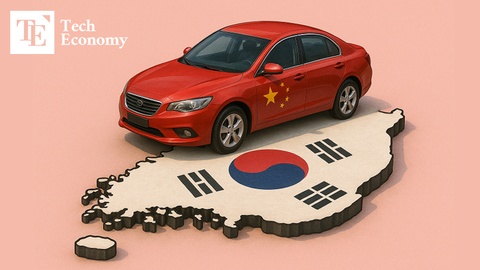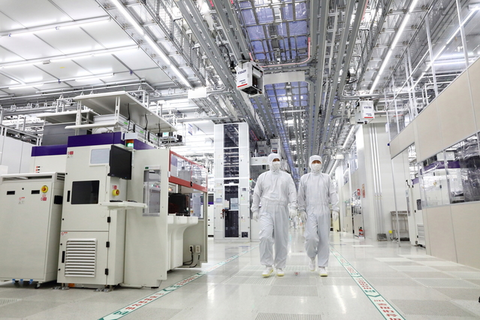Apple and China Tied by 20 Years of Strategic Cooperation—Can Apple Truly Decouple Amid Trump’s Tariff Pressure?
Input
Modified
Trump Warns of 145% Tariffs on Chinese Electronics and Components Apple, which sources over 80% from China, likely to face price hikes Moves production to India and Vietnam in a bid to diversify
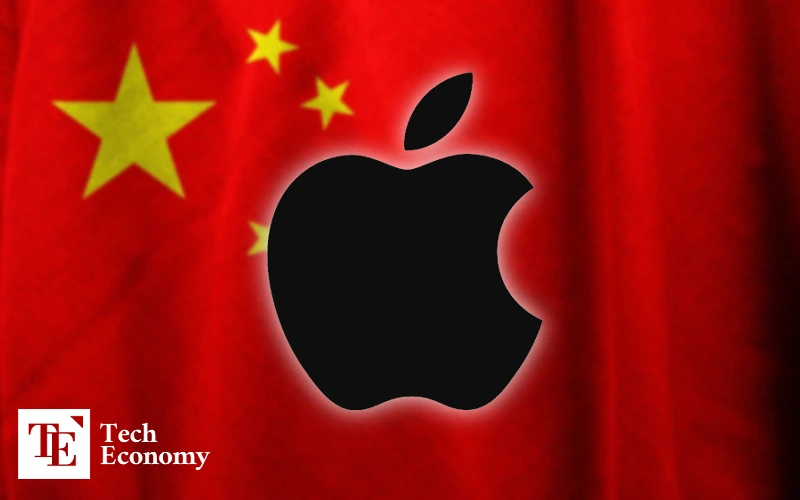
As the Trump administration signals plans to impose tariffs of up to 145% on Chinese electronics and components, Apple is pushing forward with efforts to reduce its supply chain dependence on China by shifting its production base to countries like India and Vietnam. However, industry experts argue that given Apple and China’s two-decade-long close cooperation and China’s deeply integrated and highly developed manufacturing infrastructure, it is virtually impossible for Apple to significantly reduce its over-80% reliance on China or fully relocate its production.
China: Apple’s Largest Manufacturing Hub and Second-Largest Consumer Market
According to the IT industry on the 11th, Apple’s supply chain—highly dependent on China—is facing a critical challenge due to the Trump administration’s aggressive tariff measures. As of 2024, Apple manufactures 90% of its products, including iPhones, in China. While diversification efforts have reduced this to 80% this year, the vast majority of component sourcing and assembly still occur within China. If the Trump administration follows through with the proposed 145% tariff on Chinese electronics and components, production costs are expected to surge, and supply chain disruptions will be inevitable.
Experts view Apple’s relationship with China as more than a simple partnership, describing it as a “strategic collaboration.” When Apple began expanding into China in the early 2000s, China was actively seeking foreign capital and technology ahead of its WTO accession. The Chinese government provided Apple with full support—including land, infrastructure, and human resources. This enabled Apple to invest hundreds of billions of dollars into Chinese facilities over the past two decades, growing into the world’s largest publicly traded company with a market capitalization of $7.5 trillion.
In this process, China became Apple’s largest manufacturing hub and second-largest consumer market, while Apple significantly contributed to the growth of China’s technology sector. Rather than merely outsourcing production, Apple dispatched core personnel—engineers, designers, and managers—to collaborate with Chinese companies in designing and operating manufacturing processes. This also led to significant job creation. As of 2023, Apple directly employed more than 50,000 people in China, including over 1,000 R&D staff. Apple estimates that its broader ecosystem supports nearly 5 million jobs in China.
Apple CEO Tim Cook’s remarks underscore this partnership. In a 2017 interview with Fortune, Cook stated that “China is no longer a low-cost country,” emphasizing that Apple’s choice of China as a manufacturing base was not driven by cost savings alone. He highlighted China’s strengths in advanced technology and its vast pool of skilled workers. Cook explained that Apple products require sophisticated tooling, an area where Chinese engineers excel—underscoring the country’s expertise in meeting complex processing specifications.
Apple’s Tech Transfer to China Spurs Local Competition
Yet behind this deep cooperation lies an uncomfortable truth: China is uniquely positioned to cheaply replicate advanced technologies from around the world. Despite having legal frameworks for intellectual property and patent protection, enforcement remains weak, and illegal practices like reverse engineering and technology leakage are widespread. Apple has exploited this environment to lower component costs through its “multi-vendor” strategy, often introducing technologies from the U.S., Korea, or Japan and then transferring them to partners in China, Taiwan, or Hong Kong to drive competition.
A Korean display company official noted, “Apple retains full control over its manufacturing process with suppliers, down to the tools and finishing details.” IT outlet The Information cited several Apple employees who claimed that Apple helped Chinese display maker BOE develop OLED panels comparable to those of Samsung Display over several years. This allowed Apple to pressure Samsung Display into reducing panel prices.
However, this long-standing cooperation has started to backfire on Apple. The company now faces mounting pressure from the Chinese government, which is keen to develop domestic high-tech manufacturing, as well as fierce competition from local tech companies. Thanks to Apple’s support in advancing China’s electronics manufacturing, firms like Huawei, Xiaomi, and Oppo have been able to piggyback on Apple’s mature supply chains. Last year, Apple lost its top spot in the Chinese smartphone market to Huawei and Vivo. With domestic consumption weakening and ChatGPT banned in China, Apple is struggling to retain its competitive edge among consumers demanding AI-powered features.
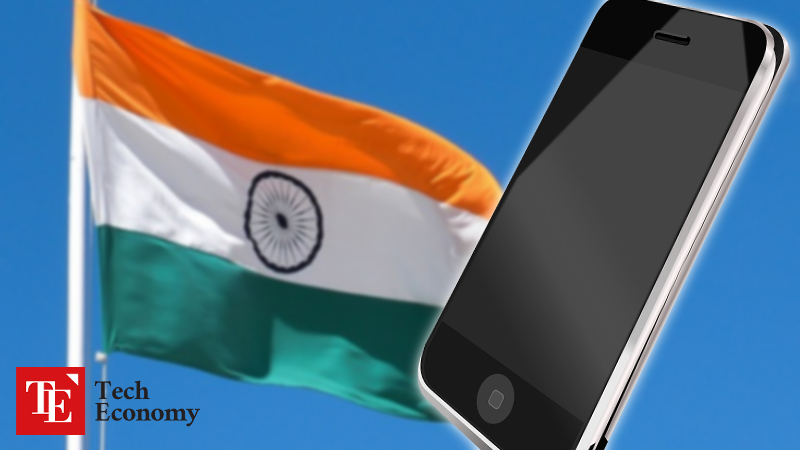
China Disrupts Apple’s India Shift as Production Relocation Plans Falter
As U.S.-China relations deteriorate and pressure from the Trump administration mounts, Apple has officially designated India as a new production hub and begun transferring manufacturing capacity. In May this year, CEO Tim Cook announced during an investor briefing that Apple would relocate part of its China production facilities to India and, by the end of 2026, produce all iPhones for the U.S. market—some 60 million units annually—exclusively in India. He also outlined plans to invest $500 billion over four years across several U.S. states to expand domestic employment and manufacturing capabilities.
However, Apple’s full-scale transition from China to India faces several challenges. Experts say that relocating the iPhone production base requires moving the entire component supply chain—hundreds of precision parts—simultaneously, a task fraught with physical and structural difficulties. Many of these parts are still produced and sourced in China. Even if assembly shifts to India, the core components, equipment, and skilled personnel remain rooted in China, making a total relocation nearly impossible.
Further complicating matters is China’s strict regulatory control. Foreign media report that Apple and its suppliers have encountered repeated delays and refusals when attempting to export essential equipment and machinery from China to India without clear explanations. The export timeline has stretched from two weeks to four months, and in some cases, exports have been denied altogether without notice. This appears to be an effort by China to retain its competitive edge by preventing the outflow of advanced manufacturing technologies, posing serious obstacles to Apple’s India expansion plan.
Local challenges in India are also hindering Apple’s production ramp-up. Chronic issues such as a shortage of skilled labor, quality control concerns, and regulatory constraints persist. For instance, at Tata Group’s iPhone factory in India, local workers’ lack of experience has resulted in a yield rate of only 50%. Additionally, the equipment interfaces are in Chinese, making them difficult for Indian workers to operate. Labor laws in India cap the workday at nine hours, complicating the adoption of China-style 12-hour dual-shift systems.


